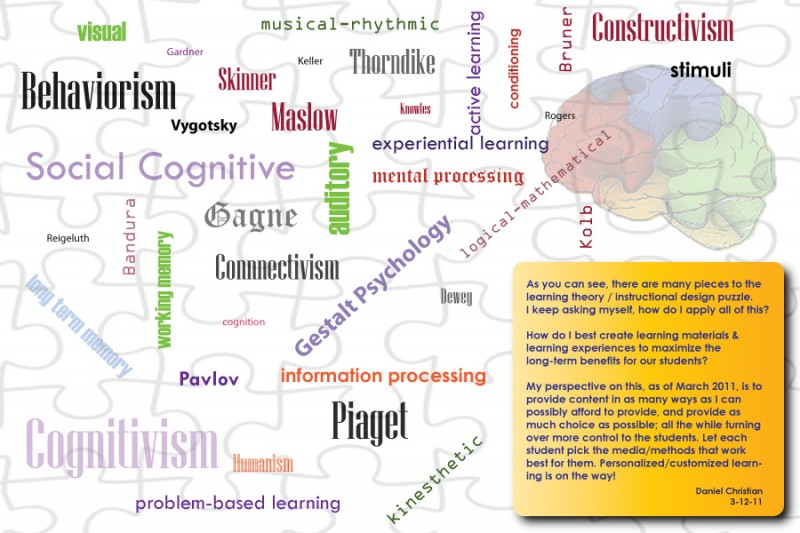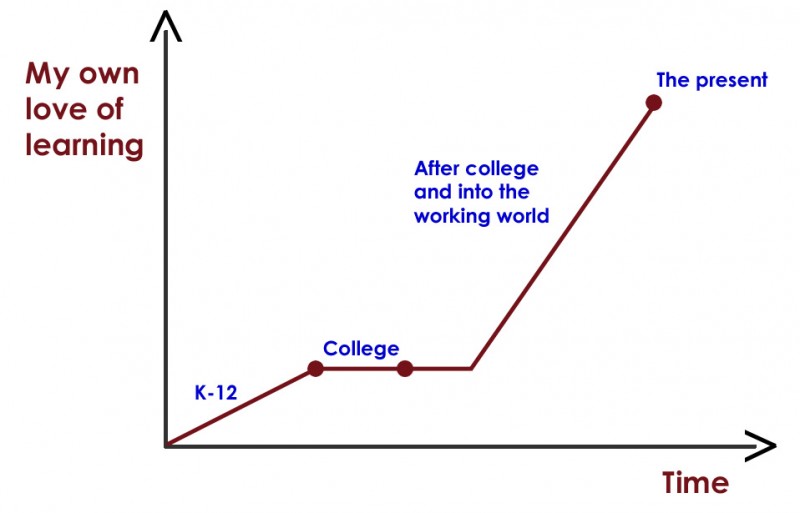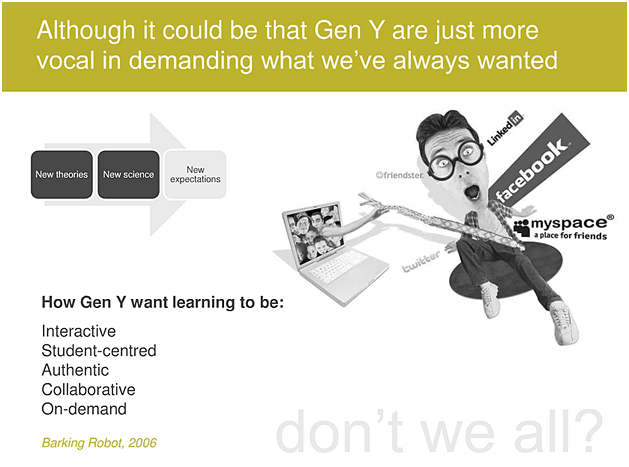What Instructional Designers can learn from IBM’s Watson — from kaplaneduneering.com by Karl Kapp
Excerpt:
Enter instructional design. What happens in a typically designed program? The designer creates abstracted bulleted lists or items the learner must know and apply to a situation and then, once or twice in the course of the class/e-learning event, etc. The learner is given an example. One or two examples at the most. Not enough to develop pattern recognition or to create an internal construct of how to deal with a particular situation.
That’s all wrong. Instead of giving learners abstractions of concepts or lists of rules, we need to give them examples, not one or two examples but dozens and dozens of examples.
We know expertise comes from experience with situations that build a generalization by the expert who then compares a current situation with past situations to decide how to problem-solve. Designers of instruction can create “learning experiences” using case studies, simulations, etc. to immerse the learner in dozens of similar (but not exactly the same) situations so the learner can recognize situations, not-by-rules, but by experience.
We can’t teach every rule in compliance training, or every answer to a customer’s objection in sales training or every combination of troubleshooting customer problems but we can provide example after example after example that can help learners develop the ability to recognize and address situations and the right response.
So, next time you develop instruction, provide examples, not one or two but dozens.
From DSC:
This makes sense also from a mental rehearsal standpoint — helping move things to long term memory.


















